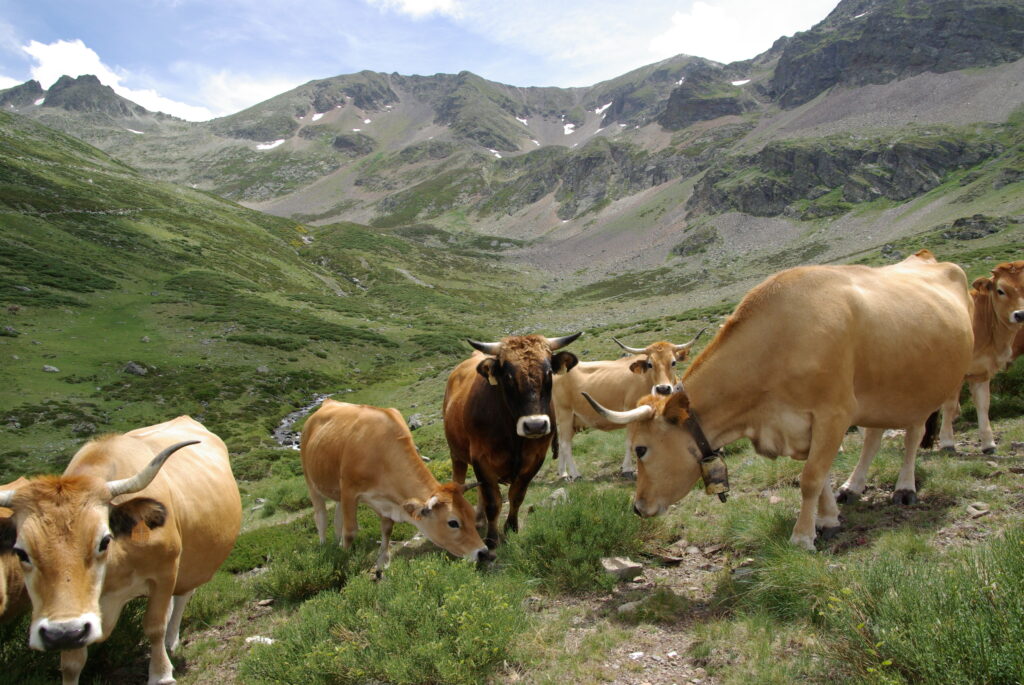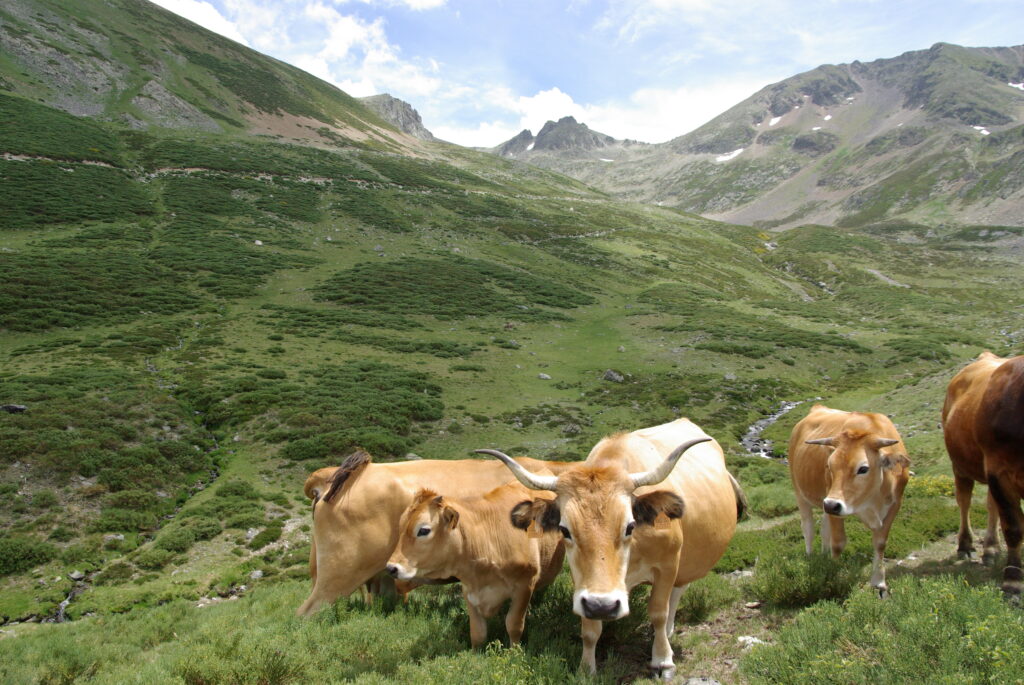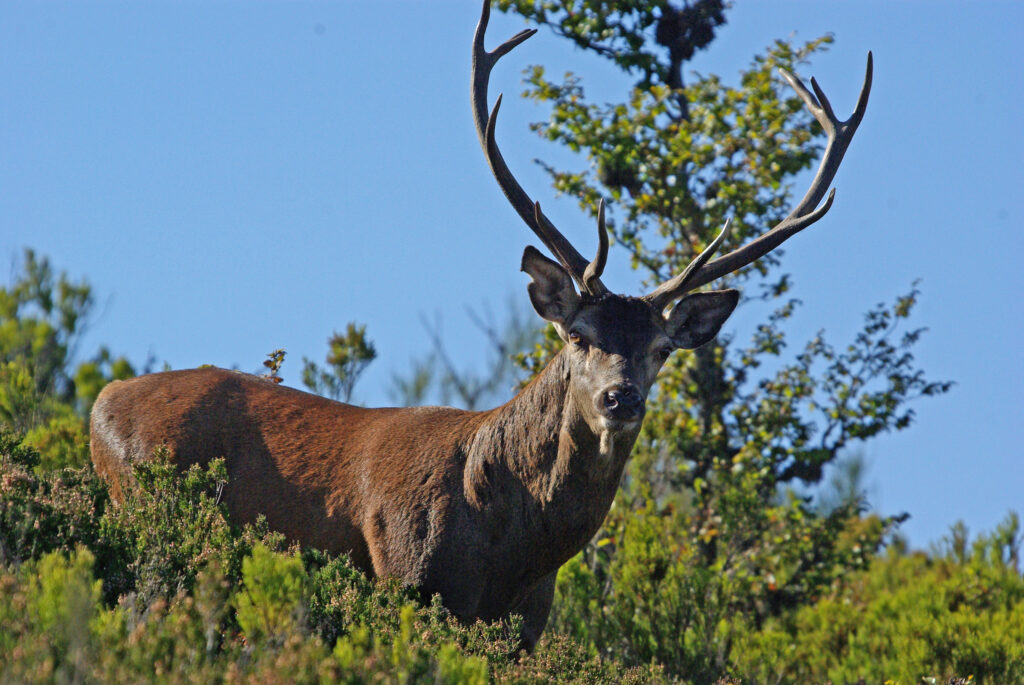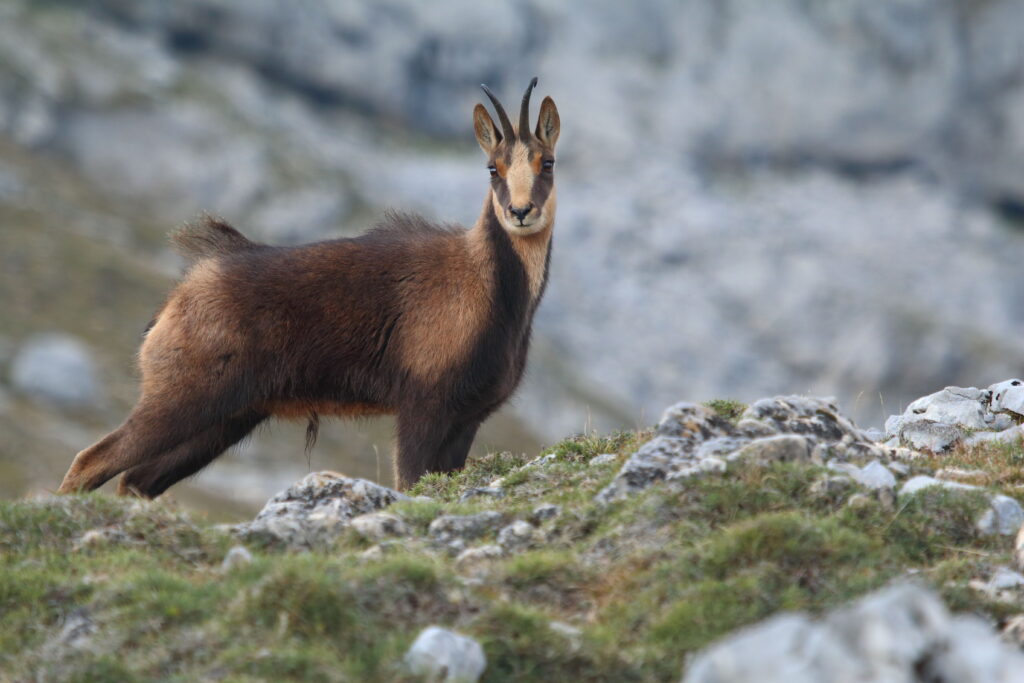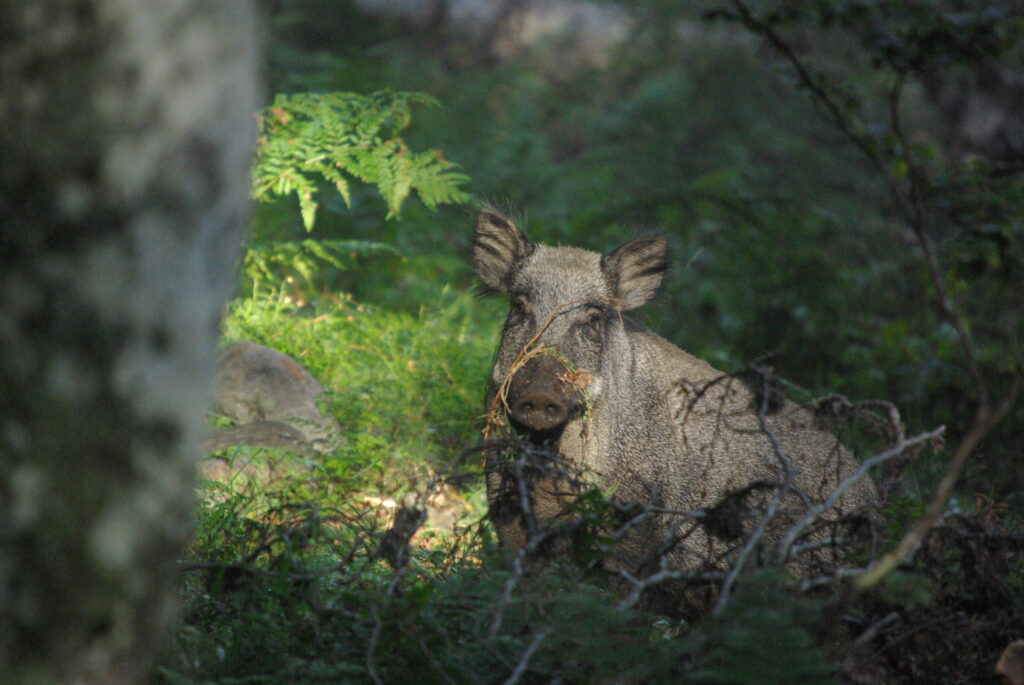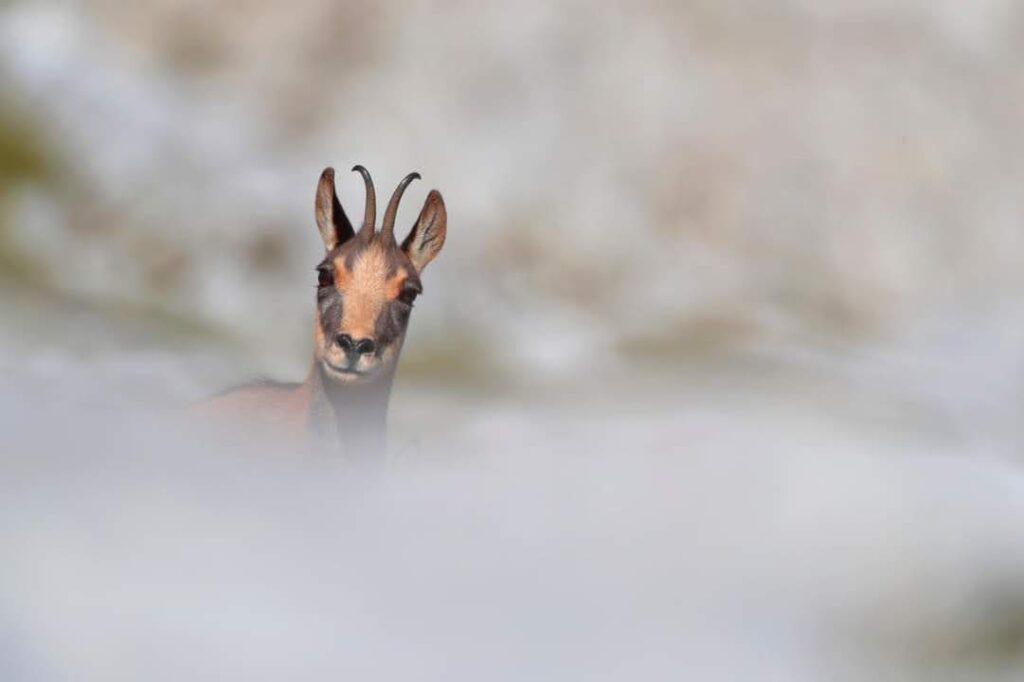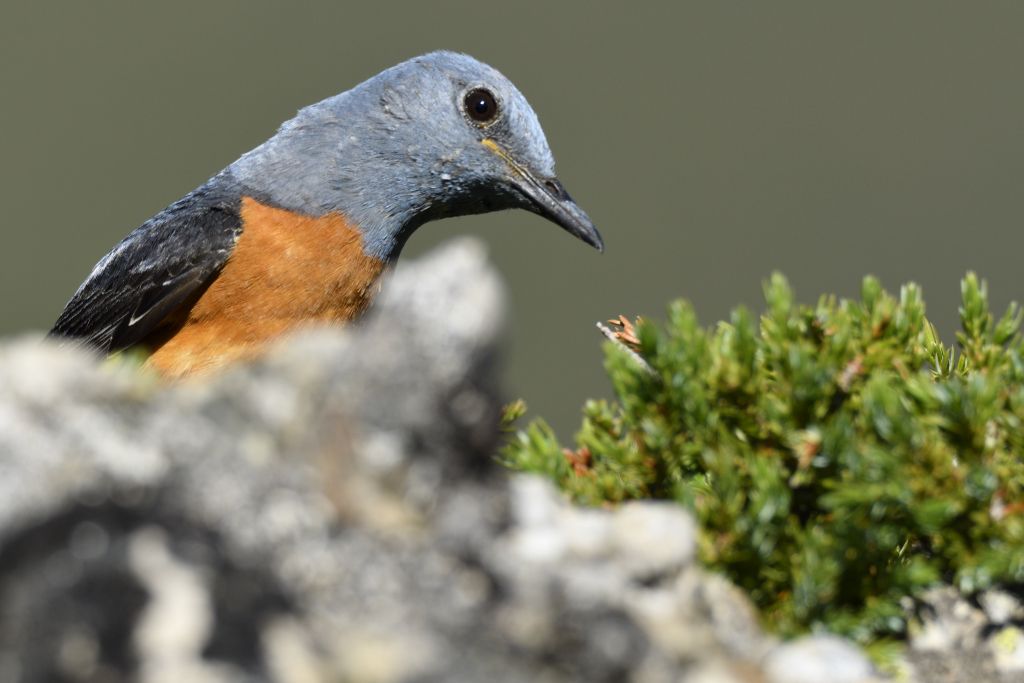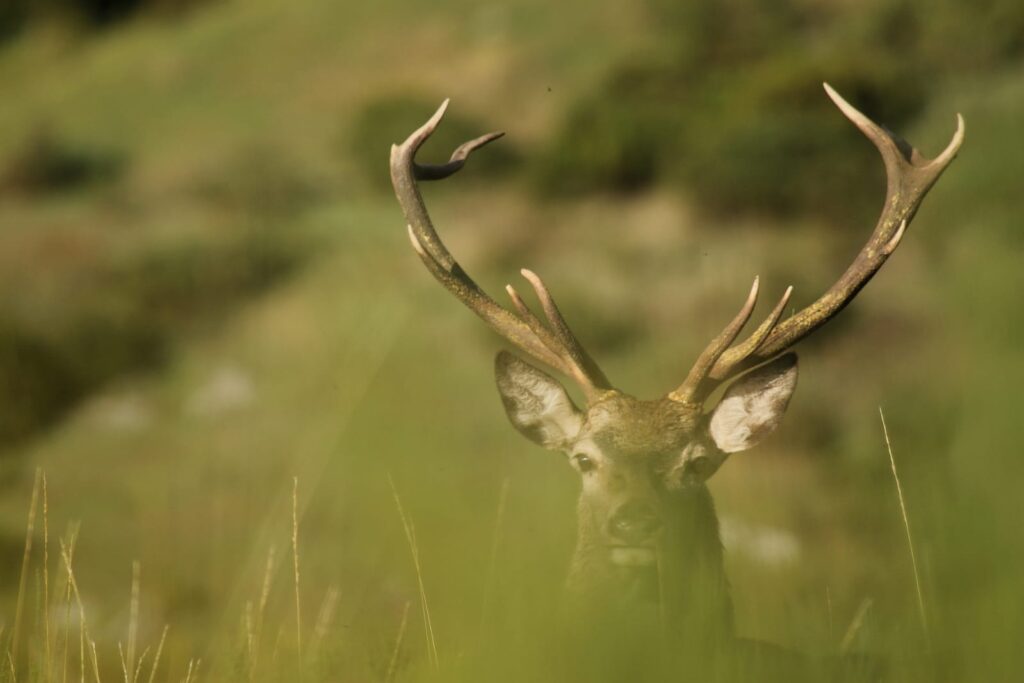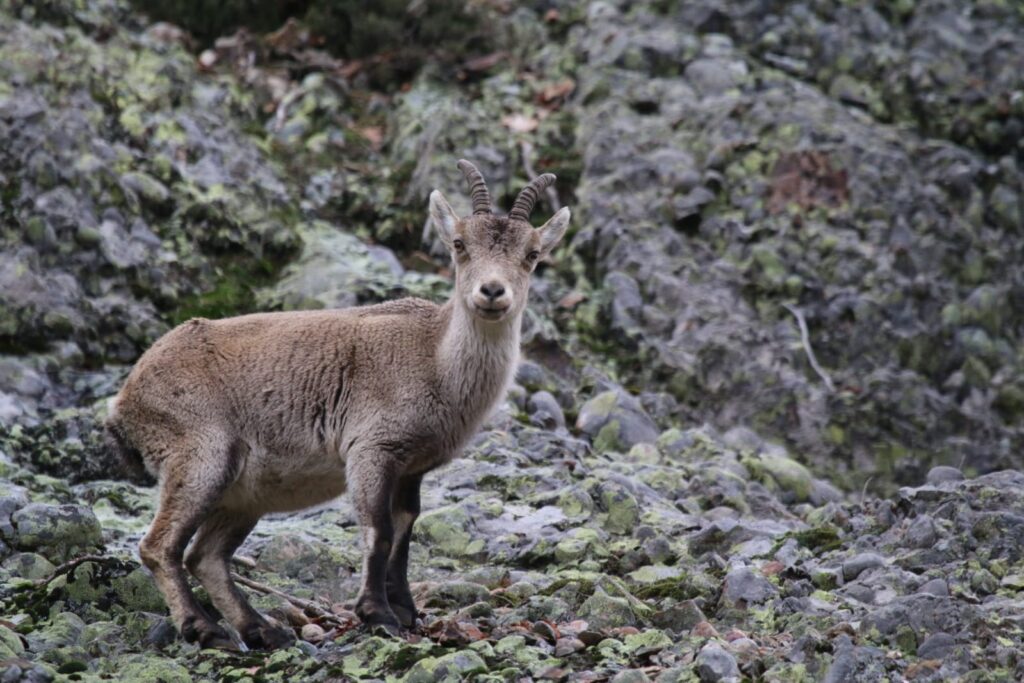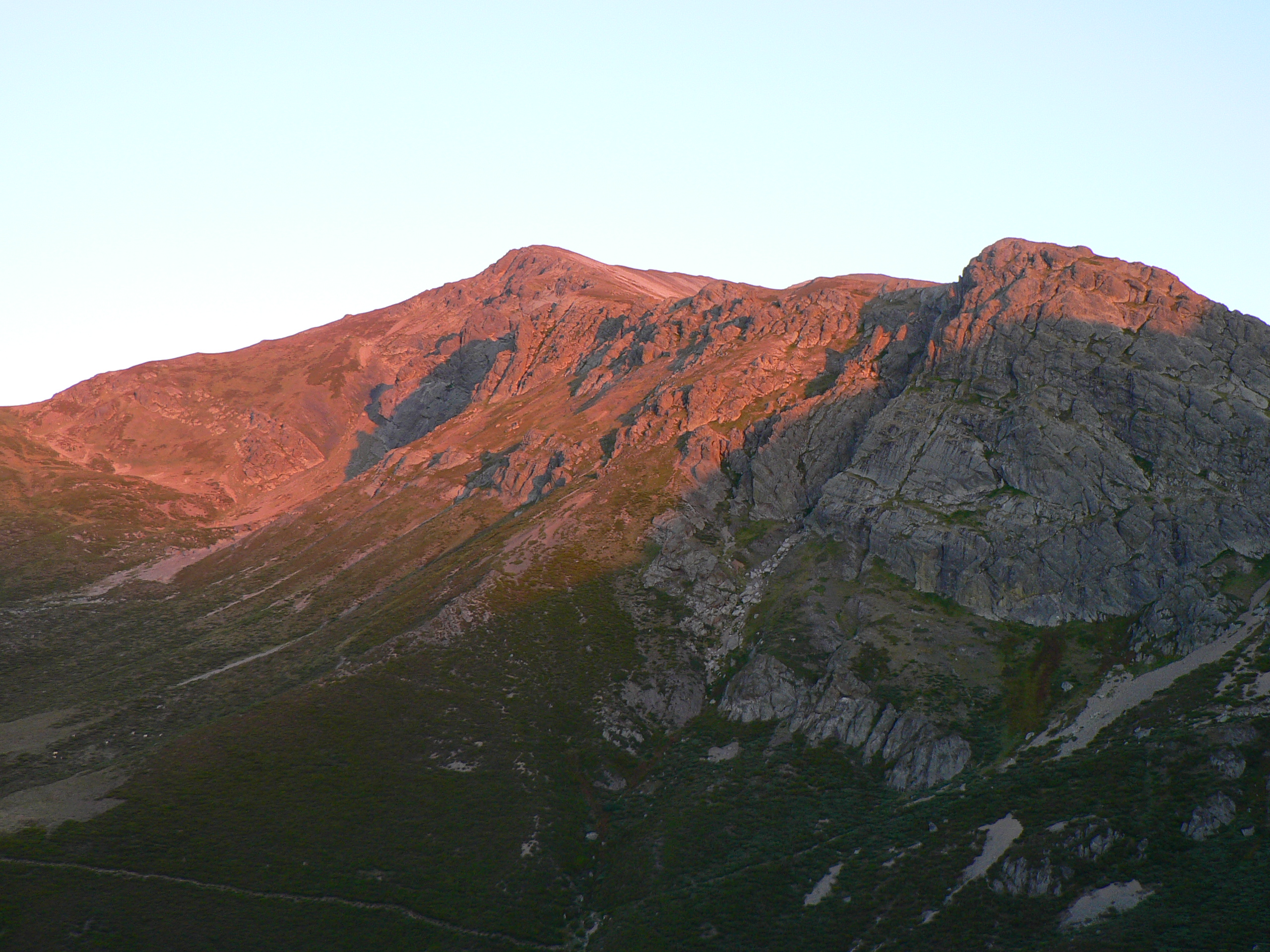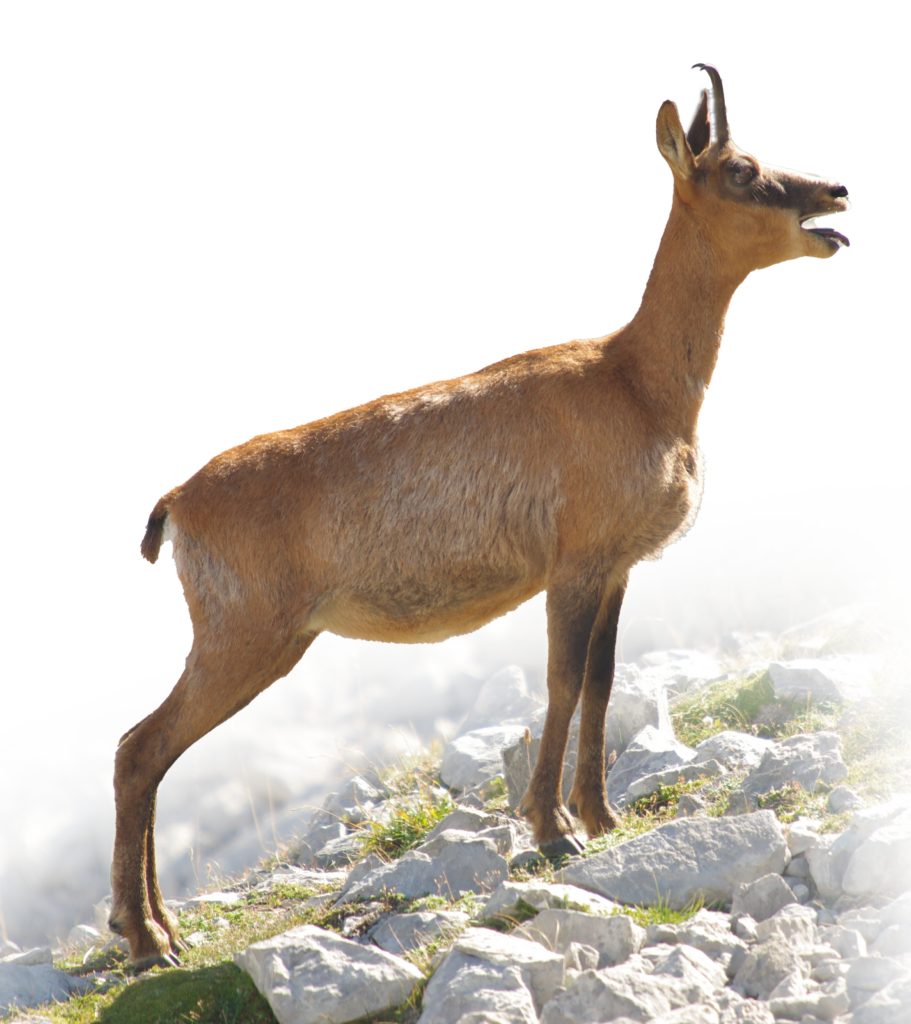
LECHADA VALLEY GLACIAL CIRQUE
There was a time when ice covered much of the Cantabrian valleys. Come join us to discover the Lechada glacial cirque and enjoy the flora and fauna of this privileged place.
Introduction

Glaciers carved the morphology and relief of the Cantabrian Mountains for millennia.
There was a time when vast expanses of ice completely covered valleys such as Naranco, Valponguero, Erendia, Hoyo, Mampodre, and Lechada.
The fauna that lived in our valleys during those glacial cycles was primarily boreal and arctic.
Here, species such as the reindeer, arctic fox, musk ox, wolverine, snowy owl, and boreal lynx thrived, along with other species that were unable to adapt to the retreat of the glaciers and eventually became extinct on the planet, such as the cave lion, the giant elk, the steppe bison, and the cave bear.
The last glacial period occurred 20,000 years ago in the Cantabrian Mountains; since then, the ice has been retreating sequentially until its complete disappearance.
Today, some moribund reminders of that period survive on the high peaks of the Picos de Europa, such as the Jou Negro ice sheet, which can not be considered a glacier because it no longer moves. Others have disappeared in recent decades, such as the Trasllambrion ice sheet or the Torre de la Palanca ice sheet.
From that period to the present, some animal and plant species were able to seek refuge further north and maintain their populations in boreal or arctic regions. Others, as we have already mentioned, disappeared, unable to adapt to change, while a few, however, managed to adapt and survive to the present day.
On this visit to the Lechada Glacier Circus, we’ll be able to enjoy a beautiful geological tale. We’ll show you the moraines and glacial deposits left behind by the ice thousands of years ago.

Glacial lagoons such as Hoyo Empedrado, the retreating moraines of the Naranco Glacier, and the glacial transfluence zone of Boquerón de Bobias.
But we’ll also learn more about the botanical and forest landscape of these mountains and how it has evolved since the Ice Age.
And of course, we’ll enjoy the fauna of the Lechada Valley, including the species that currently occupy the habitat, such as chamois, red deer, golden eagle, griffon vulture, bluethroat, red rock thrush, wild cat, and even lammergeier.
With luck, we’ll also see signs of the presence of large carnivores such as the brown bear and the Iberian wolf, such as footprints, tracks, and droppings.
A comprehensive 4×4 tour that will take you up to 2,000 meters above sea level and allow you to enjoy one of the most beautiful and inaccessible corners of the Eastern Leonese Mountains.
We’ll learn how relatively recently our world was completely different from today’s and how the landscapes we know today were carved by ice.
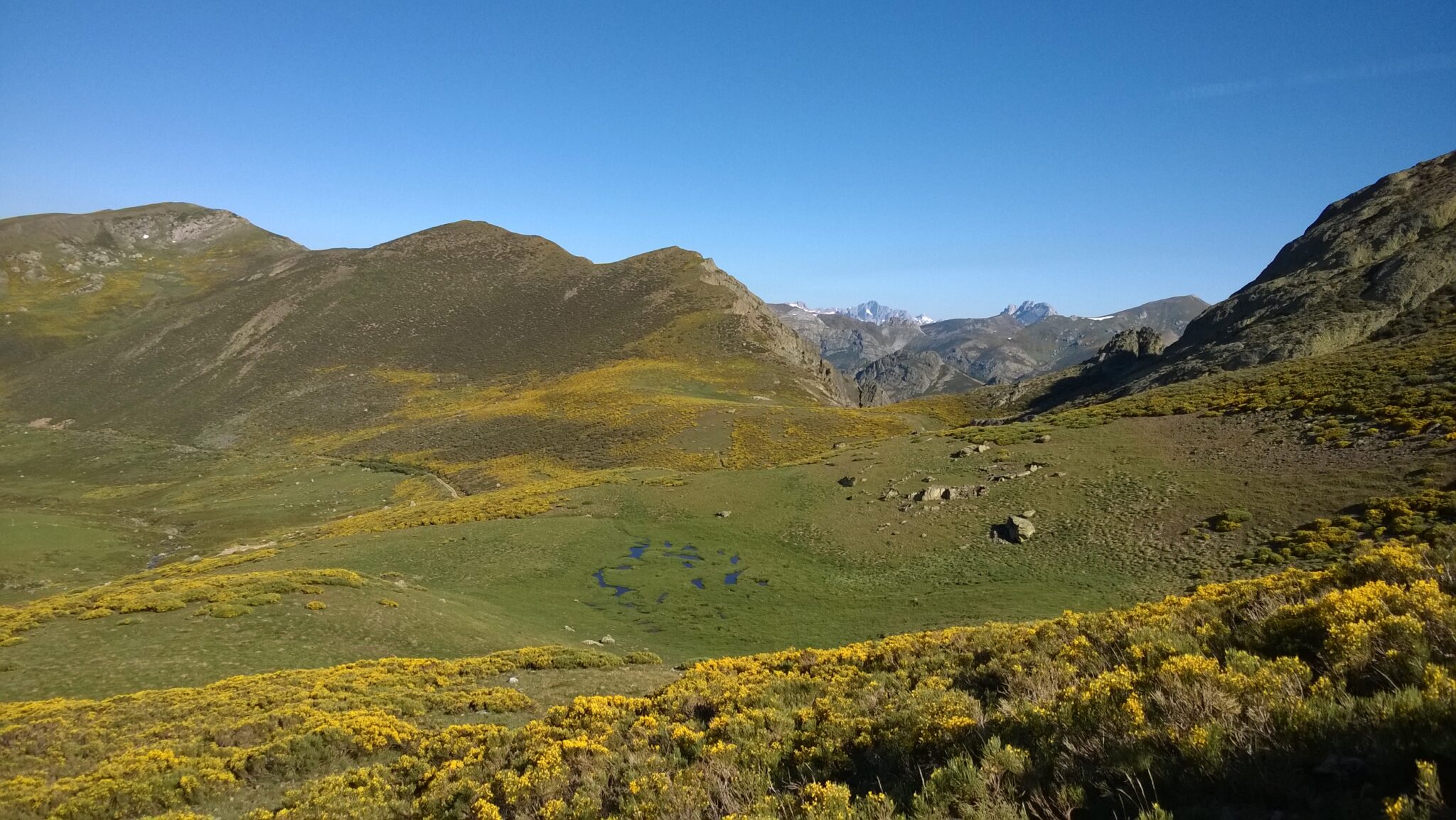
Sample itinerary
From Riaño, we’ll take the N-621 until we reach the entrance to the Lechada Valley shortly before reaching the village of Portilla de la Reina.
We’ll cross the Yuso River and continue through a narrow valley about 12 km long.
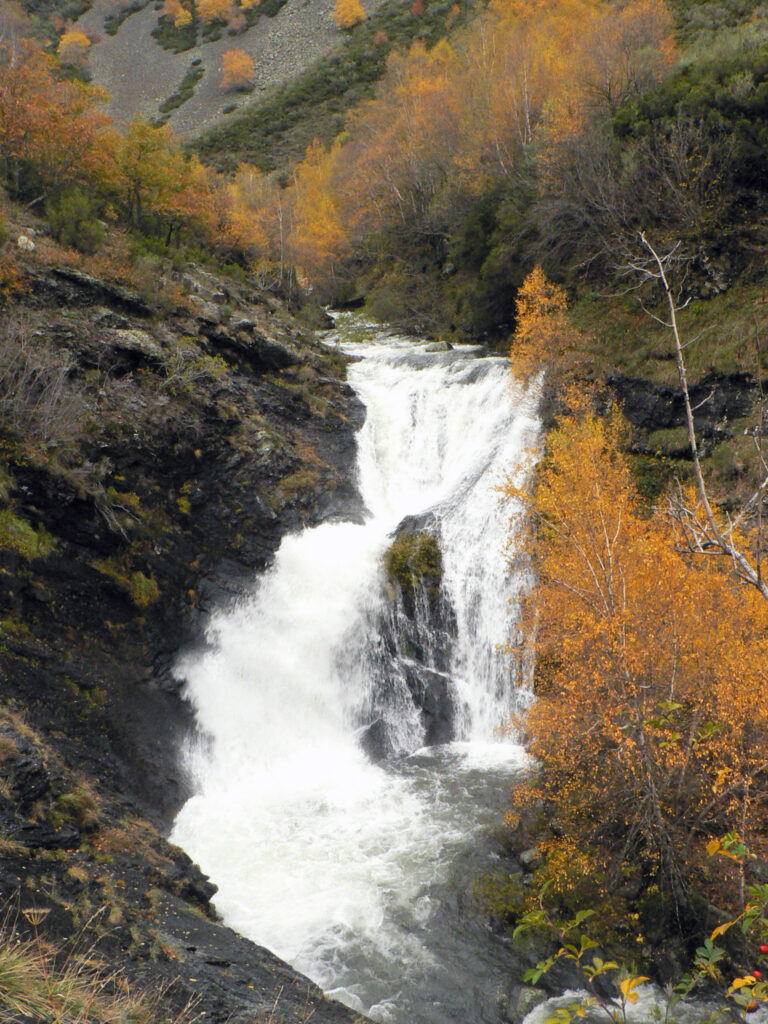
In the meadows at the bottom of the valley, with luck, we might spot wild cats, foxes, and deer, while in the skies, it won’t be difficult to spot vultures, falcons, and golden eagles.
Continuing along the road in our 4×4 vehicles, we’ll reach the Lechada rock face, a huge limestone rock that stands out geologically above the rest. At this point, we’ll get out of the vehicles to enjoy the Lechada River waterfall and see the first chamois on the face of the rock face. We’ll also have direct contact with the “escuernacabras”, which in summer produce abundant black berries highly prized by the Cantabrian brown bear.
During the summer, it’s easy to see bear tracks on the trail and broken branches of ” escuernacabras”, a sure sign of the presence of plantigrades in the valley.
Further along the trail, we’ll see the Concejo Valley on our right, also of glacial origin, which houses two beautiful glacial lagoons in the shadow of Cuartas Peak: the Hoyo de Vargas Lagoons.
After a steeper section of trail, we’ll reach the Bobias meadows and the Lechada Glacial Cirque.
This site is one of the best-preserved examples of glacial erosion in the Cantabrian Mountains.
We’ll leave the car on the track and climb to Boquerón de Bobias, a point we’ll reach after a short walk.
Along the way, during spring and summer, we’ll observe the beautiful and iconic bluethroats raising their young in small patches of mountain broom, and we’ll also be able to observe the striking red-crested rock thrush breeding on the nearby rocky escarpments.
From this point, we’ll enjoy the glacial cirque in all its splendor. At the foot of Bobias, we’ll be able to see millions of tons of glacial and fluvioglacial deposits carried by the ice.
We’ll also be able to observe periglacial phenomena such as terraces or hillside garlands, or the phenomenon of gelisolifluxion, which creates lobed slopes, so common at the headwaters of these valleys.

Imagine this glacial cirque with a tongue of ice nearly 200 meters thick that advanced sequentially down the valley, and at this point, in the Boqueron de Bobias, flowed into the Naranco Valley.
The Lechada Glacier divided at this point, and a portion flowed like a waterfall into the headwaters of the Naranco Valley, feeding the glacial processes in this valley.
It must have been an extraordinary sight at that time.
The Naranco Valley, which we can see from Bobias, guards some of the best-preserved arc retreat moraines in the Cantabrian Mountains; we can partially see them from this point.
The Boquerón de Bobias glacier was eroded and formed after many millennia of intense glacial activity.
Finally, we will hike up to Hoyo Empedrado Lake. It is a very special place because it was likely the last enclave in the valley with glacial activity, and later, until recent historical times, with the presence of a glacier like the Jou Negro.
According to geologists from the University of León, this is the last place in the province of León with permafrost soils.
Throughout this tour, we will also enjoy wildlife observation. Near Hoyo Empedrado, with luck, we will spot some of the last nesting white-capped blackbirds in the Cantabrian Mountains. These birds are a glacial memory today, as they breed in boreal areas and mountain ranges of Central Europe.
Their presence, along with that of some alpine birds such as alpine sparrows, are vestiges of other eras that we have tried to remember today.
Seasons, rates and meeting points
The Circo Glaciar e Lechada can be visited year-round, except during the winter months, when the access trail is closed due to snow.
Departures will depart from Riaño, with the meeting point at the WildWatchingSpain s.l. office, located at C/Solasierra 8.
Pick-ups can be arranged at accommodations along the route to the valley, such as Boca de Huergano, Barniedo, Portilla, or even Llánaves de la Reina.
The price will be €75 per person for general admission; accompanied children up to 17 years old will enjoy a rate of €65 per person.
Lechada Valley location
The Lechada Valley is located in Tierra de la Reina and borders the Cardaño and Liébana valleys.
Its natural access is from near the village of Portilla de la Reina.
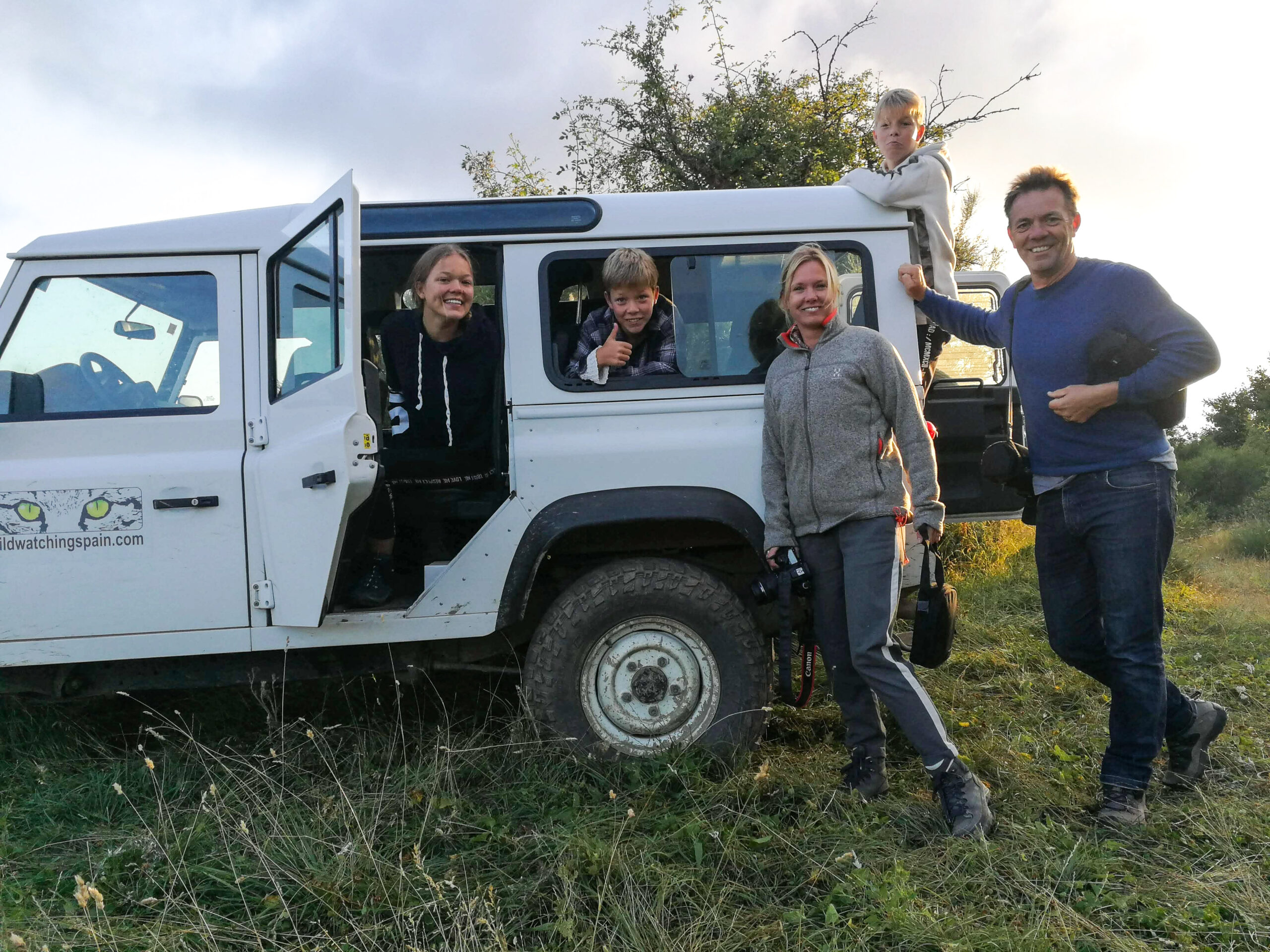
Accommodation
There are various accommodation options in the Riaño Mountains, some affordable, such as campsites and hostels, and others more upscale, such as hotels or rural houses.
We recommend a few of them.
Good value accommodations: Hotel Presa, Hotel Tierra de la Reina, Hotel San Glorio, Hostal Saiz.
Budget accommodations: El Albergue de Portilla, or the campsites in Riaño and Boca de Huergano.
There is also an extensive network of rural houses.


